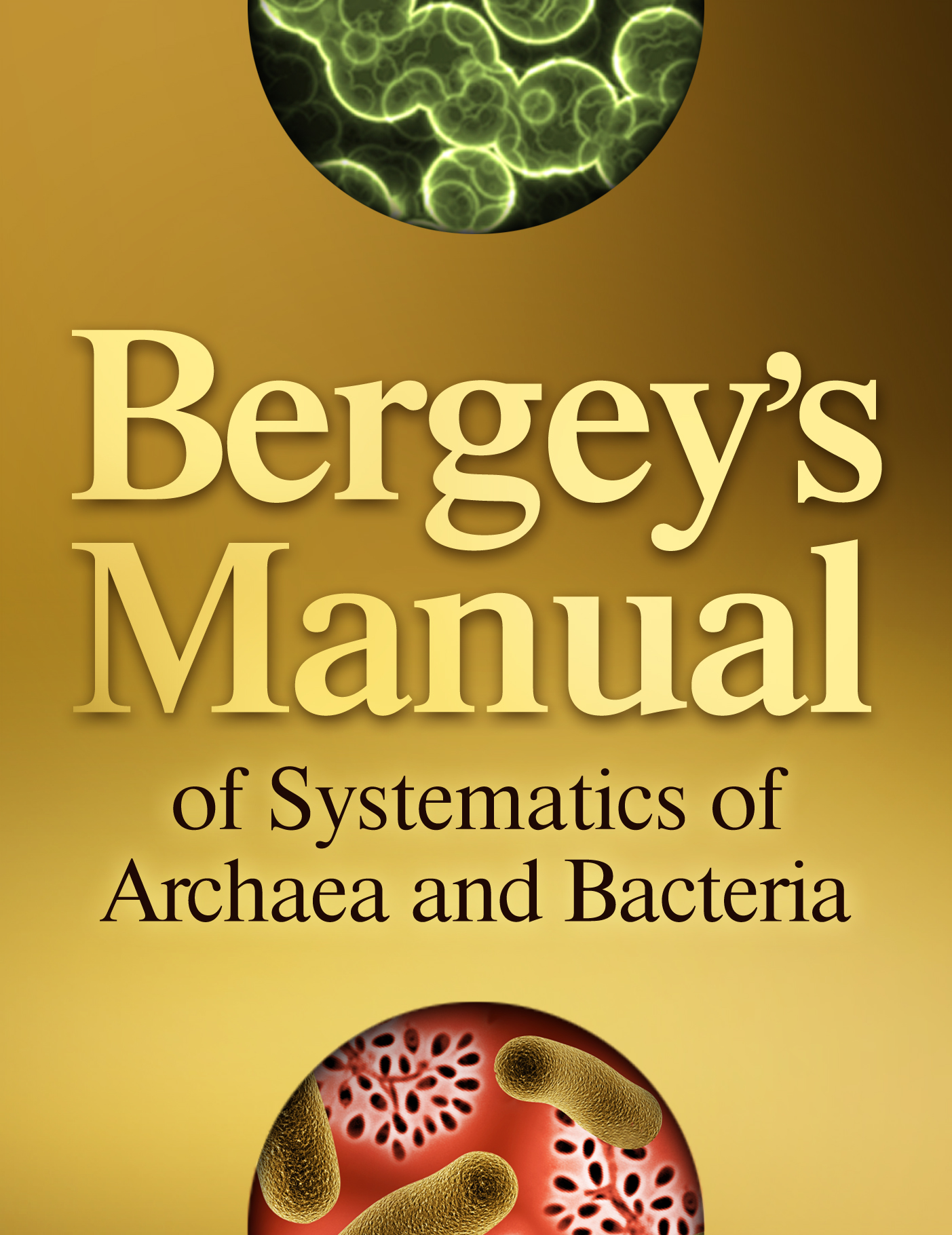Abstract
Al.ka.li.ba.cil'lus. N.L. n. alkali alkali; L. n. bacillus rod; N.L. masc. n. Alkalibacillus bacillus living under alkaline conditions.
Firmicutes / “Bacilli” / Bacillales / Bacillaceae / Alkalibacillus
Rod-shaped, Gram-positive (may be Gram-variable in older cultures) bacterium. Mostly long cells, 0.8–1.6 µm in diameter and 2.0–7.0 µm in length. Endospores are spherical and located terminally in swollen sporangia. Cell-wall peptidoglycan is of the A1γ type and meso-diaminopimelic acid is the diamino acid. Obligately aerobic. Cells are motile by peritrochous or polar flagella. MK-7 is always present as the major isoprenoid quinone; in one species, DeMK-6 is also found. The predominant fatty acids are C15:0 iso, C15:0 ante, and C17:0 ante. Phylogenetically, the genus belongs to the family Bacillaceae.
DNA G + C content (mol%): 37–41.
Type species: Alkalibacillus haloalkaliphilus (Fritze 1996a) Jeon, Lim, Lee, Xu, Jiang and Kim 2005b, 1894VP (Bacillus haloalkaliphilus Fritze 1996a, 100).



